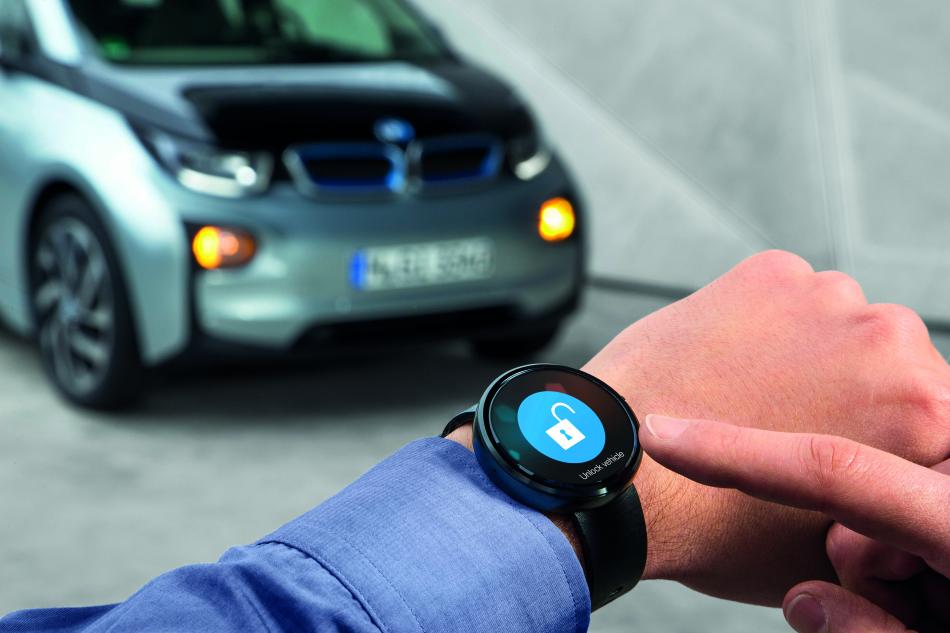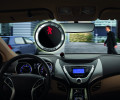CONNECTED CARS FOR BEGINNERS – CHALLENGES

REGULATION AND INTEROPERABILITY
REGULATION
There is a need for a regulatory frame for automated driving, and by extension to all advanced driver assistance systems (ADAS) that qualify as semi- automated driving. The recent amendment to the Vienna convention is not sufficient to cover all these cases and a regional disparity still exists.
STANDARDISATION AND INTEROPERABILITY
Standards allow different systems to be interoperable and contribute to reduce development costs and create opportunities. However, the timing for the implementation of standards is crucial as regulating too late will result in different standards, but regulating too early could stifle innovation.
RESPONSIBILITY AND LIABILITY
As semi and fully automated systems progressively appear in vehicles and start taking over driving tasks, the question of responsibility and liability in case of accident surfaces. There will be a shift in liability from the driver to the manufacturer/supplier. The insurers view is that the driver will continue to be liable as long as he is able to step in to avoid crashes.
DRIVER DISTRACTION
Increased risks of accident due to mobile phone usage are well known but legislation to curb them has failed. A legislative challenge will appear as the quantity of information displayed and the opportunity to interact with on-board electronic equipment increases drastically with connectivity.
ADOPTION
CRITICAL MASS
V2V requires a critical mass of connected vehicles to be effective and useful, while V2I does not require a minimum level of market penetration to be effective. While it is expected that 60% of cars will be connected by 2025, it does not mean that they will be equipped with V2X devices unless there is a breakthrough in technology acceptance or it is imposed by regulators and/or policymakers.
INFRASTRUCTURE INVESTMENT
Even if the large cost of equipping the infrastructure should be amortised through savings on road safety and congestion, it is unlikely to see long-term policies addressing this everywhere and therefore the need for alternative ways of financing it might arise.
A FIRST WORLD PROBLEM?
Connectivity growth will be driven by first world markets (USA, Western Europe, Japan) and by new fast growing ones (China, India). However it is likely that other less wealthy areas (Africa and Latin America) will be left trailing behind, while being the regions with the biggest death toll on the roads.
DATA
OWNERSHIP AND ACCESS TO DATA
Vehicles will have communication capabilities well before data ownership and privacy policies are implemented. These are currently the subject of a battle between manufacturers on one side, wishing to keep control of the data they generate to amortise their investments and generate revenue, and other stakeholders that fear they will be excluded from markets they traditionally operate or they wish to have access to.
DATA SECURITY
Opening communication gateways to the vehicle creates security risks: system intrusion, personal or payment data theft, denial of service attacks but also cyberphysical attacks, data corruption or tampering, spoofing attacks, etc. Moreover, a large number of vehicles communicating with each other form a network of devices with no server-side security.
DATA PRIVACY
This applies to all forms of personal data: identification, banking and payment data, passwords for websites, but also current location and history of journeys. Vehicle owners should have the right to decide if and how their data is used and be able to opt-out of any application or service that requires access to some of it.
TECHNOLOGY
LOCALISATION
Typical GPS localisation precision is around 10m. This is expected to improve with the cross-usage of multiple geolocation satellite networks but is still insufficient for precise positioning of vehicles on the road and with respect to each other.
DEVELOPMENT CYCLES
The typical development cycle of an automobile is around five years while it is around two years for a smartphone and a few months for an app. This means that a vehicle’s integrated connectivity system will rapidly have obsolete hardware and almost certainly obsolete software from the very time it goes on sale.

 Facebook
Facebook Twitter
Twitter






